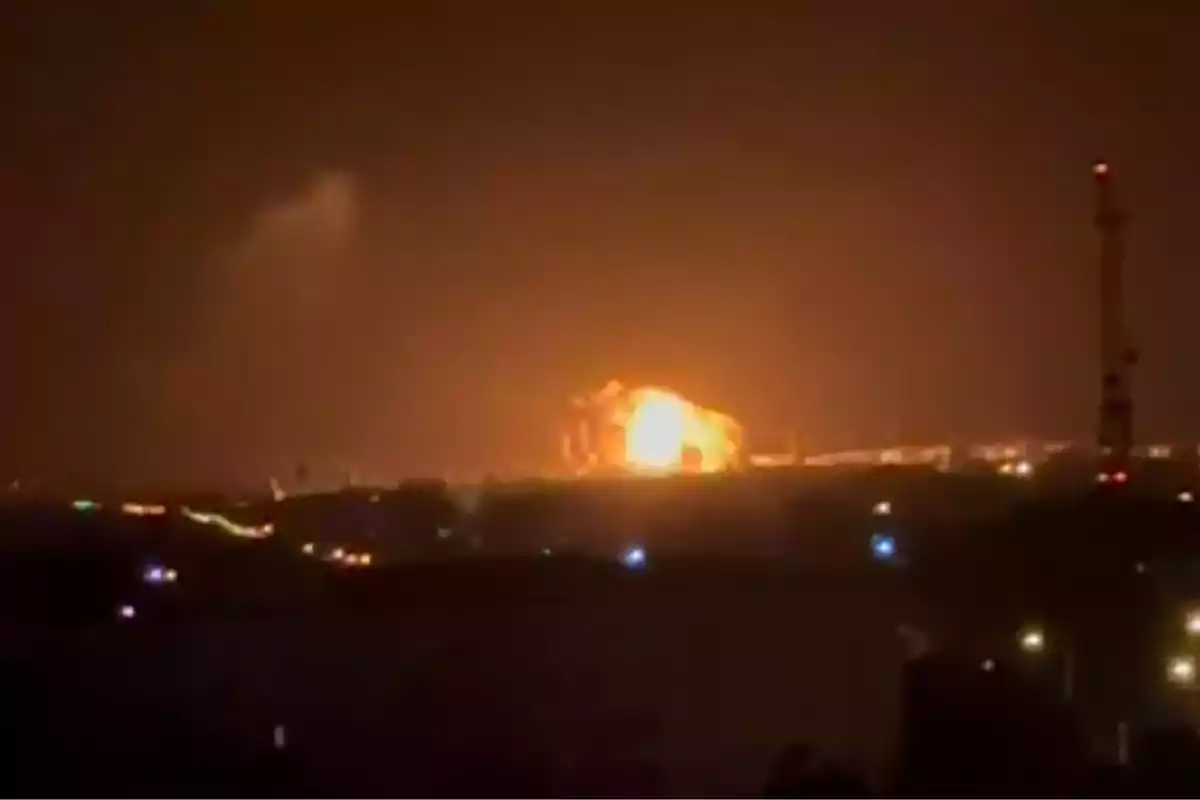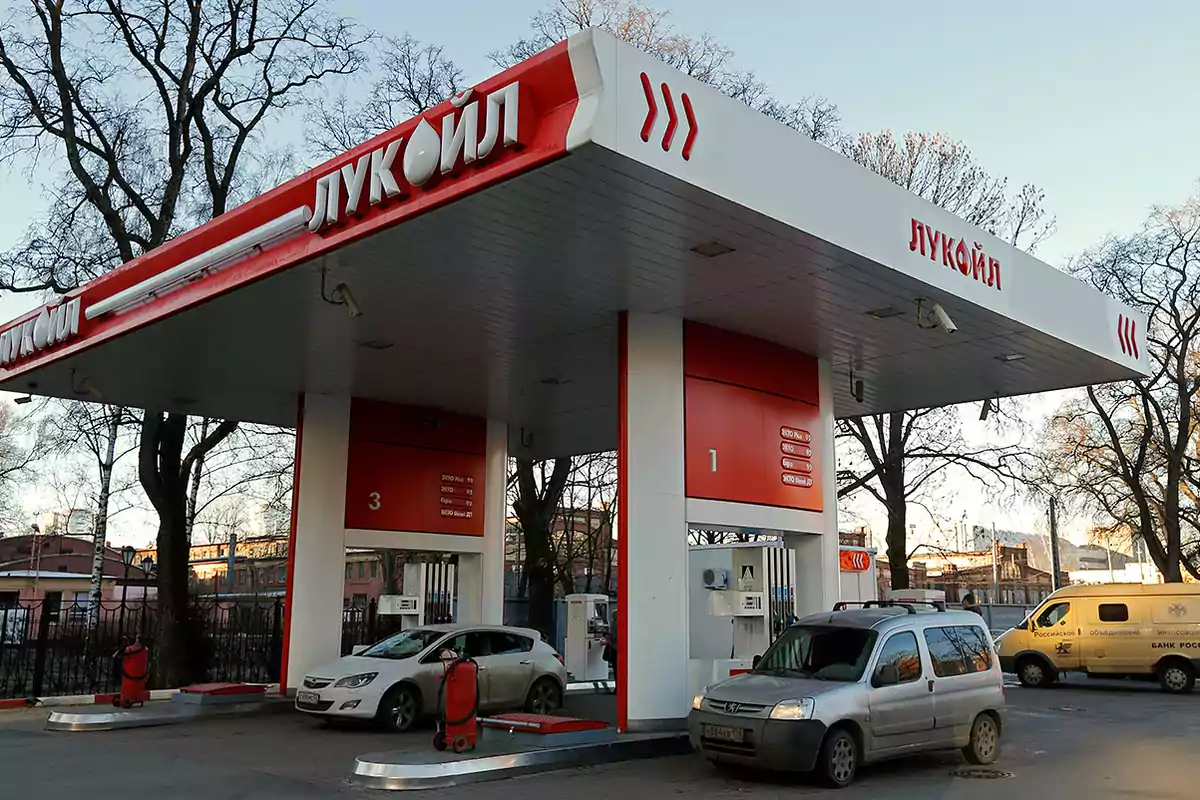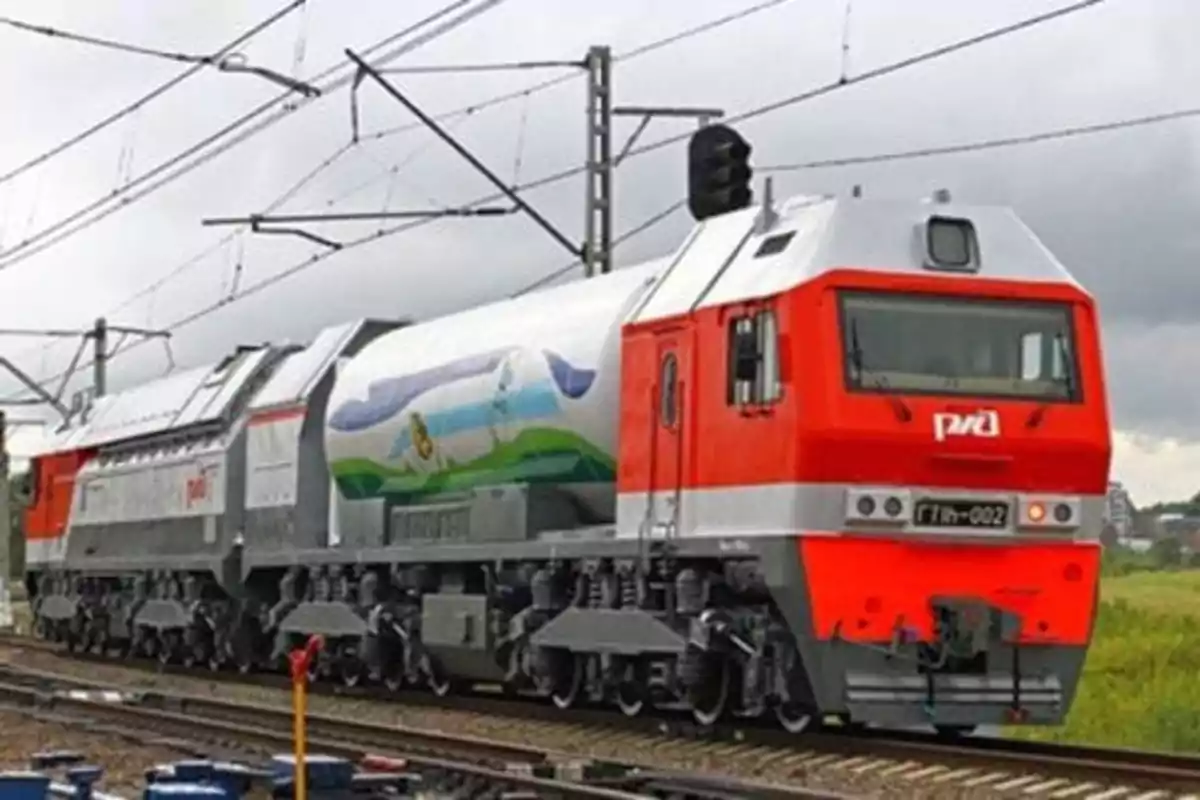
Russia faces a fuel shortage after a Ukrainian drone attack
In recent hours, Ukraine has launched a powerful drone attack on a major Russian refinery that has paralyzed oil production
A fire broke out at the Novoshakhtinsk oil refinery in Rostov Oblast, Russia, following a drone attack that occurred during the early hours of August 21. The city of Novoshakhtinsk is located about 10 kilometers (6.2 miles) from the border with Ukraine and more than 200 kilometers (124 miles) from the front line.
Local residents reported at least five explosions during the attack, which reportedly struck the refinery and caused a large fire.
The Novoshakhtinsk refinery has an annual production capacity of up to 7.5 million tons of petroleum products, mainly fuels, and is the only operational refinery in Rostov Oblast.
This facility had already been targeted in previous attacks by Ukraine, including a joint offensive by the Ukrainian Navy and the Security Service of Ukraine (SBU) in December 2024, which caused significant damage, and another attack in July 2024 that, according to Ukrainian sources, destroyed 1.5 million tons of oil and petroleum products valued at 540 million dollars.
Rusia enfrenta una escasez de combustible tras un ataque de drones ucraniano
This incident adds to a series of Ukrainian drone attacks targeting industrial and military facilities in Russia, especially refineries, considered key to financing Moscow's war effort. In August, at least three Russian refineries have reduced or suspended operations due to damage sustained in similar attacks.
The eastern region of Russia is facing a growing gasoline shortage as a result of a series of Ukrainian drone attacks that have damaged a significant portion of the country's oil refining capacity.
Since early August, Ukraine has struck at least seven Russian refineries, which has forced four of them to shut down completely and has reduced national refining capacity by approximately 13%.
The first reports of shortages began to emerge in early August in the Primorye region, but since then the crisis has spread to other localities such as Arsenyev, Ussuriysk, Chuguyevsky district, and finally the port city of Vladivostok.
Largas filas de automóviles han colapsado las estaciones de servicio en el territorio oriental ruso
The situation has caused traffic congestion on several Russian highways and roads. Long lines of cars are forming at gas stations, while drivers report waits of up to two hours to refuel.
Some residents report that fuel can only be purchased using ration cards, while emergency services and company vehicles with special cards are the only ones with guaranteed access to the supply.
One driver stated that ""the pumps are covered with 'Out of Service' signs,"" although in larger cities it is still possible to get fuel, albeit with long waits.

According to regional media, the shortage has been exacerbated by a seasonal increase in demand during the tourist season, while several refineries have drastically reduced, by up to five times, shipments to the Russian Far East.
Another critical factor has been the bottleneck in the Russian railway network, where fuel trains bound for Vladivostok have experienced delays of up to two weeks.
Despite the magnitude of the problem, regional authorities have tried to downplay it, attributing the delays to summer demand and roadworks that have affected logistics. In a statement, regional governments said that ""fuel reserves at the region's gas stations remain sufficient to ensure an uninterrupted supply.""
However, this crisis is not isolated. Similar problems have recently been reported in Crimea and in the Zabaikalsky region, also in the Far East, where gasoline is now being sold using coupons.

Sergei Aksyonov, Kremlin-appointed head of Crimea, publicly acknowledged the shortage and linked it to reduced refinery production, calling for patience from the population ""until the end of the special military operation"" in Ukraine.
The partial collapse of the Russian refining system has led to a record increase in wholesale fuel prices. On the St. Petersburg exchange, the price of A-92 fuel reached 71,970 rubles per ton (about USD 900), while A-95 reached 81,337 rubles per ton (approximately USD 1,015). This represents an increase of 40% and 50%, respectively, since the beginning of the year.
More posts: